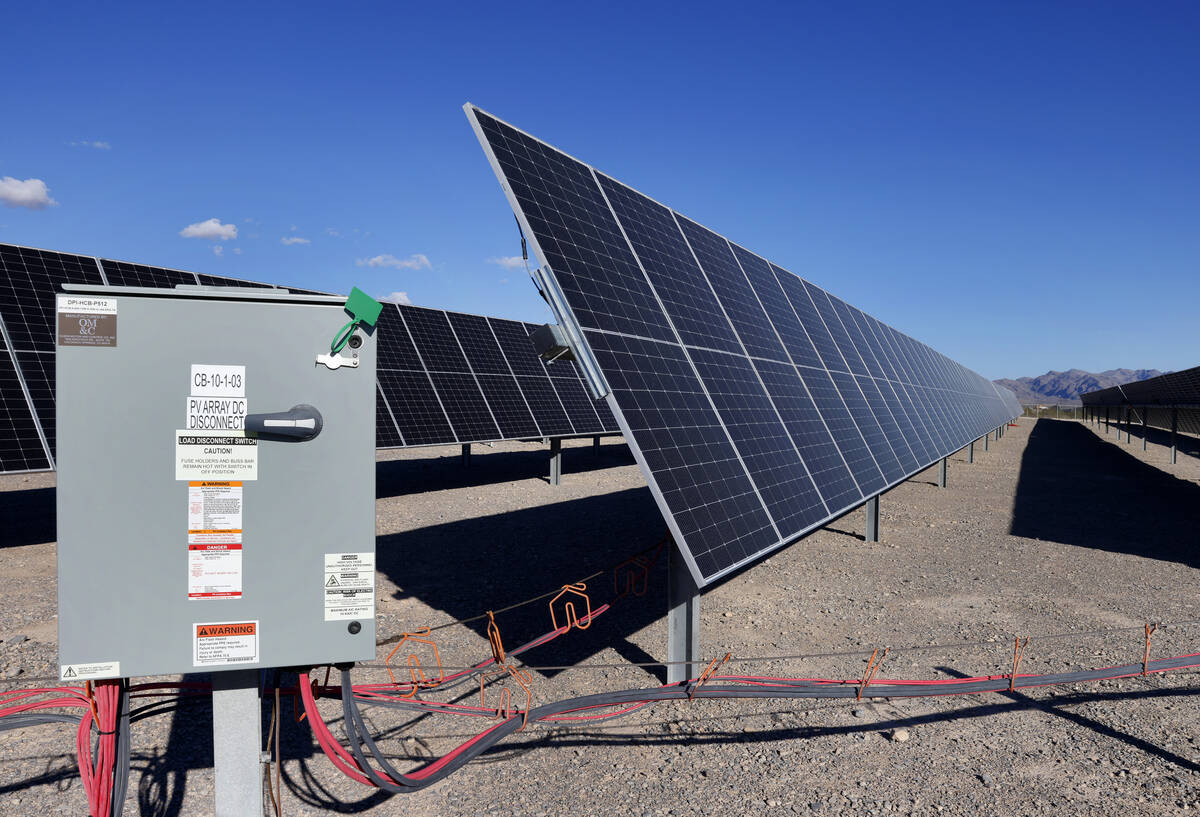COMMENTARY: Artificial Intelligence means farewell to ‘net-zero’ fantasy
Artificial Intelligence is upon us, is here to stay, and is heading in one direction: more.
More AI means more electric power generation — a lot more. “Green” or “renewable” energy is not going to cut it, no matter the fantasies of the climate-change doomsday crowd. That means the climate goals of “net-zero” carbon emissions by 2050, or whatever is the latest movable goal post set by the United Nations and federal and state bureaucrats, is a dead letter.
Net-zero always was a farcical, unscientific and unrealistic dogma designed to reorder societies and increase government and bureaucratic control over the economy, with ever-diminishing freedom for individuals.
AI requires large-scale computational capacity housed in data centers that require massive amounts of electrical power. According to a report by the RAND Corp. this year, AI data centers worldwide need more than 20 gigawatts of power to operate, which is twice the total capacity of the state of Utah and its more than 3.5 million people.
In just two years, RAND projects that 68 gigawatts of power will be needed globally to operate more and larger data centers to generate AI, which would double the capacity from 2022, and approach the 86 gigawatts that power the state of California and its 39 million residents. By 2030, more than 300 gigawatts of power are projected globally for AI, though other estimates project lower amounts, according to RAND.
AI data centers require tens of thousands of computer chips, and this number is growing, which explains the importance of harnessing rare-earth minerals in the United States and regions globally, including Greenland and Africa. The Colossus supercomputer in Memphis, Tenn., for example, contains 100,000 computer chips and 150 megawatts of power, which approximates the generating capacity of 55 modern wind turbines and 53,000 households, RAND said. In the United States, there are 4,000 data centers, up 40 percent from 18 months ago. Many more are underway.
From where will the future energy to power AI come? Not from windmills or solar panels.
Instead, the world over will have to increase more reliable energy sources, particularly coal, natural gas and that other bugaboo of environmentalists, nuclear energy. Like it or not, nuclear power is making a comeback in the United States and natural gas is expanding out of necessity. It is the only way to sustain the rapid growth of AI.
As of 2023, 43 percent of electricity generated power came from natural gas, nearly 19 percent from nuclear, 16 percent from coal, 10 percent from wind, and 4 percent from solar, according to the Energy Information Administration. Last year, solar and wind-generated electricity combined eclipsed coal. This may be renewables’ high-water mark.
When it comes to AI expansion, solar and wind won’t cut it. Energy expert Steve Gorham recently wrote that these sources are replete with transmission costs and delays, are scattered over broad areas, and require transmission towers and lines to be built across the countryside to aggregate enough power for a large data center. The Interior Department is scaling back such projects, citing wind and solar as 5,500 times less efficient on a per-acre basis than nuclear energy. That suggests the “green energy transformation” has peaked and will become a more boutique energy source.
There are not a few bitter clingers in the climate change world that are holding onto the green energy dreamscape. For example, Sumant Sinha, the founder and CEO of ReNew, estimates that $3 trillion will be invested globally in the next five years. Count me as dubious.
How much of this estimate is hoped-for government spending and financial guarantees that will end up illusory? How many nations will follow through on climate change initiatives, which typically fall short? The Trump administration is curtailing corporate welfare for renewables, and other countries such as Germany are pulling back. AI is moving too fast for expensive and inefficient “renewable” energy to keep up, especially with dwindling taxpayer subsidies.
Which brings us back to “net-zero.” The United States and nations worldwide can pass laws all day long that set goals and timetables to attain net carbon-free generation of electricity. However, cost and physics are determinative, and are transcending renewable energy mandates and net-zero goals, both of which are not worth the computer screen on which they appear.
AI is a growing presence in Americans’ daily lives and is transforming the American and global economy. The gigawatts of electricity to power this expanding technology will mean more nuclear and fossil fuel development and will end the pretense of net-zero carbon electricity. Indeed, the AI revolution will render net-zero a bigger joke and relegate it to the ash heap of history like so many other top-down government dictates.
Peter Murphy is a senior fellow at the Committee for a Constructive Tomorrow. He wrote this for InsideSources.com.

















